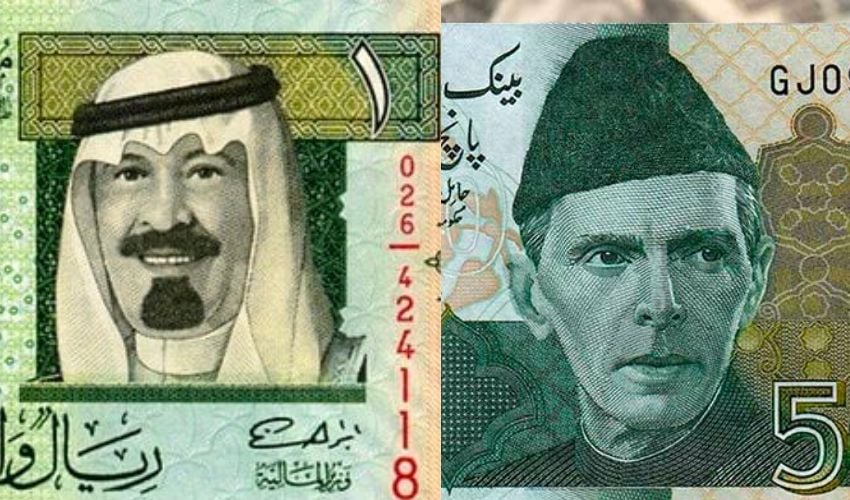Imagine two neighbours — India and Pakistan — needing to share water from a massive river system, the Indus River and its tributaries.
After the Partition of British India in 1947, both countries inherited parts of this river system, which flows from Tibet through India into Pakistan, touching parts of Afghanistan and China as well. The question arose: Who gets how much water, and who controls it?
How the Treaty Came to Be
In 1948, tensions flared when India briefly stopped water supplies to Pakistan, prompting Pakistan to approach the United Nations. The UN recommended mediation, leading to the World Bank stepping in. After nine years of negotiation, India's then prime minister Jawaharlal Nehru and Pakistan's then president Ayub Khan signed the Indus Waters Treaty (IWT) in 1960.
Key Features of the Indus Waters Treaty
1. A Historic Water-Sharing Agreement
The treaty divides the six rivers of the Indus system between the two nations:
-
India was given control over the eastern rivers — Ravi, Beas, and Sutlej — and can use them without restriction.
-
Pakistan received the western rivers — Indus, Chenab, and Jhelum — and gets about 80% of the total water flow, a rare example of a downstream country receiving such a large share.
Also Read: India suspends Indus Waters Treaty, expels Pakistanis, closes Attari post
2. Limited Use Rights for India
India is still allowed to use water from the western rivers for domestic needs, agriculture, and hydropower projects, provided it doesn’t significantly reduce water flow to Pakistan.
3. A System for Resolving Disputes
To manage disagreements, a Permanent Indus Commission was established, with representatives from both countries. This commission works as a conflict-resolution body and has continued operating even during wars, such as those in 1965 and 1971.
4. A Treaty That Survived Conflict
Remarkably, the IWT has remained intact despite multiple military clashes and major incidents, including the 2001 Indian Parliament attack and the 2019 Pulwama attack. India has chosen not to withdraw from the treaty, nor has it invoked the Vienna Convention, reflecting its continued commitment to international agreements.
5. A Unique and Balanced Agreement
-
The IWT is Asia’s only cross-border water-sharing agreement, making it a rare example of regional cooperation.
-
It’s widely seen as favourable to Pakistan, granting it an unusually high share of water — nearly 90 times more than what Mexico receives under a similar treaty with the United States.
6. A Global Example of Cooperation
Experts often cite the Indus Waters Treaty as a global model for how rival nations can cooperate over shared natural resources. Its structure, longevity, and ability to function during conflicts offer valuable lessons for other countries dealing with water disputes.
Why the Indus Waters Treaty Still Matters
With water scarcity becoming an increasingly pressing issue in South Asia, the treaty serves as a crucial framework for avoiding conflict. Despite recent political tensions, the agreement still plays a vital role in ensuring that both countries manage their water resources responsibly and peacefully.


























